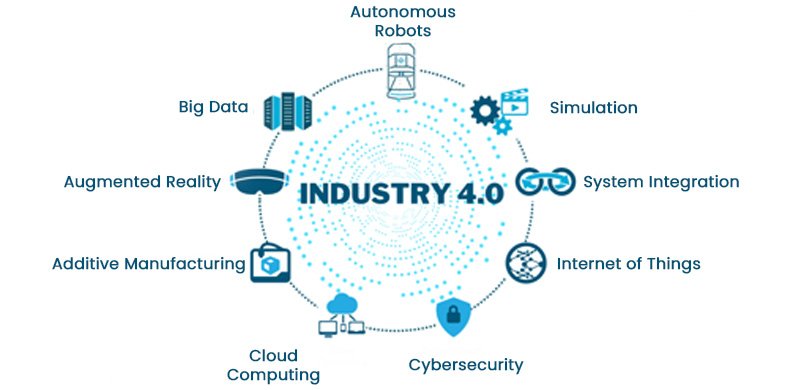
What is industry 4.0?
Industry 4.0 is used interchangeably with the fourth industrial revolution and represents a new stage in the organization and control of the industrial value chain.
What were the three industrial revolutions before the fourth one?
The first industrial revolution came with the advent of mechanisation, steam power and water power.
Followed by the second industrial revolution that revolved around mass production and assembly lines using electricity.
The third industrial revolution came with electronic and I.T. systems and automation, which led to the fourth industrial revolution that is associated with cyber physical systems.
Source: iscoop.eu
How will it benefit the manufacturing industry?
Increased competitiveness.Outsourcing to low-wage regions of the world was previously an imperative for manufacturers wanting to remain competitive. However, investments in technology are now enabling wealthier countries to compete once again. As a result, Ramaswami said, manufacturers can now choose locations based on “technical capabilities and proximity to consumer demand, rather than decisions driven primarily by wages.”
Increased productivity.Automation, analytics and machine-learning algorithms have taken much of the step-by-step work out of the hands of human operators. That means quicker, more efficient production around the clock, with human operators primarily monitoring and maintaining systems.
Increased revenue and profitability.Industry 4.0 not only creates a more efficient and higher quality production process, but it enables things like predictive and preventive maintenance and upgrades, which results in lower downtime and less capital expenditure over time.
Manufacturing process optimization.With more connectivity, shared data and better analytics, closer collaboration along the entire supply chain becomes possible, which could lead to increased efficiency, optimization and innovation in the long run across the manufacturing industry
Seamless record-keeping and traceability.The immense capture and analysis of data also means better record archiving and search capabilities. This has ramifications from government regulatory compliance to customer satisfaction.
What are the different technologies that are part of the industry 4.0 revolution?
The internet of things (IoT)
The industrial internet of things (IIoT)
Cyber-physical systems (CPS)
Smart manufacture
Smart factories
Cloud computing
Cognitive computing
Artificial intelligence

